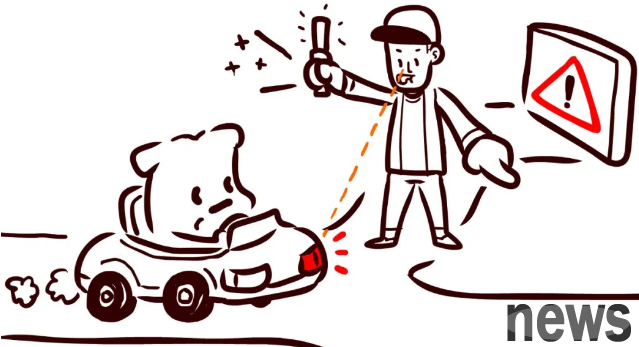01
Stop dog misbehavior
I share with you two of the most commonly used and easy stop methods:
1. Warn in advance to stop the dog's bad behavior as soon as it arises. The method is to make a quick and firm tone, or simply block the limbs.
2. When bad behavior of the dog has occurred, the body is approaching and waiting for a little while, silent suppression is the most effective. Don't yell nervously or waving your limbs at this time, as it will cause misunderstandings to the dog and think you are encouraging him.
The most difficult thing is whether the owner can grasp the timing of stopping, maintain a stable and calm mood, and make good use of different degrees of stopping methods.

02
Warning in advance: Easily resolve the crisis
Imagine that when you take your child to a friend's house, several children are furious. Most parents will know that very excited children cannot listen to what adults say.
On-site stop is often invalid, and reminders before going out are more useful.
You just have to make an agreement with your child first. If you don’t abide by it, you will not take him out next time and you will be punished when you come back. If he forgets on the spot and reminds him again, he will remember what you told him and keep quiet. The same is true for
Dog training. Once a problem occurs, it will be more difficult to stop the dog.
Advance warning is to let the dog divert attention to you, remembering that you don’t like him doing this, and to restrain the occurrence of improper behavior.
It is too difficult to judge before action?
Beware of advance, and it is necessary to judge from the owner's previous experience of raising a dog.
When encountering the following situation, your dog may bark or chase after:
You can make a sound in advance to stop it and effectively control the dog's emotions.

03
Workarounds for early warning
I often use several methods, the effects range from mild to heavy:
1. Boo:
The boo is short, rapid and powerful, suitable for use when you are far away from the dog. After making a boo, observe whether the dog relaxes its limbs and pays attention to you.
After the dog is quieter, it can make another booing sound.
But do not make continuous voices many times, and the voice is ineffective, change the method immediately.
After practicing many times, most dogs will understand your booing warning.
2. Simple blocking:
is suitable for use when approaching a dog. Use your body or legs to close to the front of his body, which can increase the prompt effect with the sound.
This action will cause a small obstacle to the dogs that are excited and moving forward. For nervous dogs, the owners stand in front of them, and they can make the dog give up the upcoming behavior and convert them into a stable wait-and-see, and respond smoothly with learning.
3. Poke the dog's butt with a finger:
If the dog has strong hurt memories in the past, the boo cannot make the dog calm down, or when the mood is already brewing, you can use five fingers to imitate the teeth and quickly and forcefully poke the dog's butt position.
The dog will be a little scared, but it will also resolve the dog's tight energy, so that the dog's attention will return to its owner, and prevent the dog from further behavior.
My parents will also bite their mouths and remind the puppy. Posing the dog with fingers is to imitate the way that the parents of the dog educate the puppy.
But the strength must be controlled well, mainly to let the dog pay attention to you, rather than to make the dog nervous, thinking that he was kicked and beaten.
4. Use command actions to replace bad behaviors
to issue instructions to let the dog sit down. Once the dog sits down and focuses on the owner, it can divert the attention of doing bad things. While sitting down, there is no way to do bad behaviors, such as snatching people or running around.
04
Constraint when behavior occurs
What should I do when the dog's mood is already rising and the passwords and warnings are no longer effectively controlled?
You must hurry up and block the dog, observe the dog's position with the corner of your eyes, and do not look directly at the dog to avoid excessive emotional leakage.
Let the dog feel the attitude you don't like from your posture, while blocking the dog from getting close to the target.
After the dog is relatively stable, move forward and approach the dog to increase the pressure, let the dog feel the owner's persistence and let the dog give up.
If the dog is emotionally excited, you must move left and right to effectively block it. But please avoid the funny action turning into a game. If you can't keep up, you can borrow a broom or large objects to block it until the dog calms down and finally retreats from the target object.
It should be noted that this method is not suitable for preventing dogs from conflicting. It is necessary to ensure that the conflict energy is small and will not cause harm to the owner. If the owner is too nervous or the dog is relatively flexible, the owner cannot keep up with the action, which will cause the stop to be invalid.